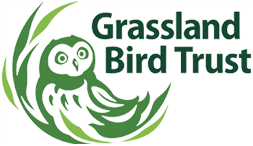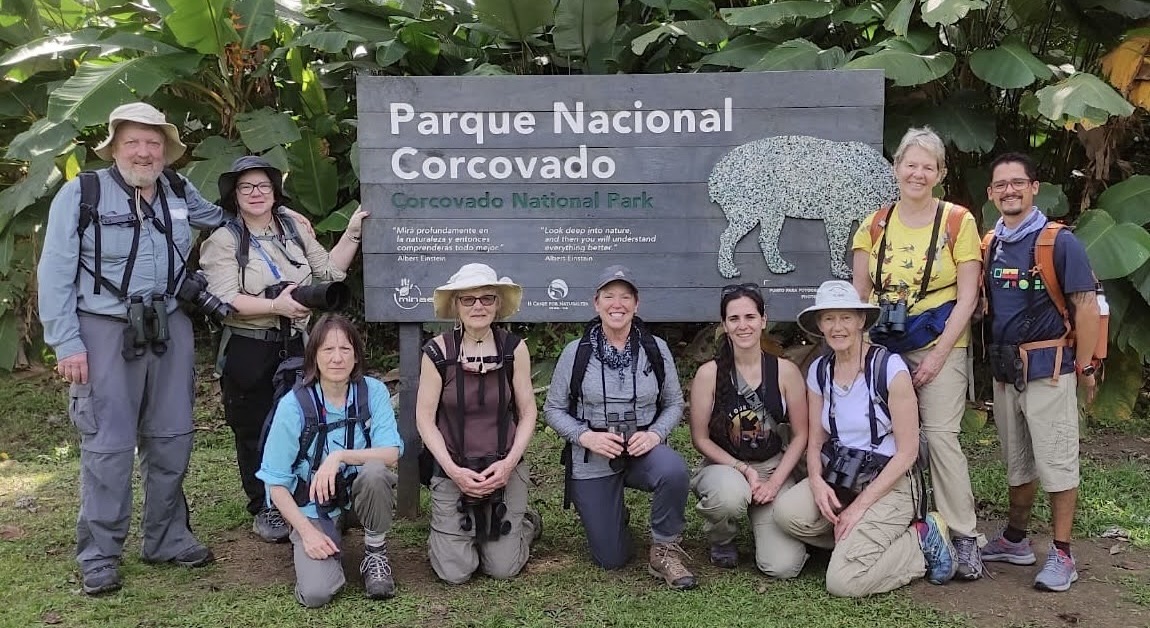
Birds are not the only species to migrate south in the cold weather. This past January, nine enthusiastic Grassland Bird Trust supporters followed some of our favorite species south on The Costa Rica 11-Day Birding Tour to Benefit the Grasslands!
Our group stepped out of the cold, grey north-east winter and into the bright warm welcome of Alejuela, Costa Rica! It can be rough getting acclimated to the soft, fragrant breezes and laid-back atmosphere. Still, a first afternoon spent poolside with a tropical drink and a myriad of colorful feathered species flitting among the flowers seemed to ease the transition. Then, after a good night’s sleep, it was off to the cloud forest to begin the adventure in earnest!
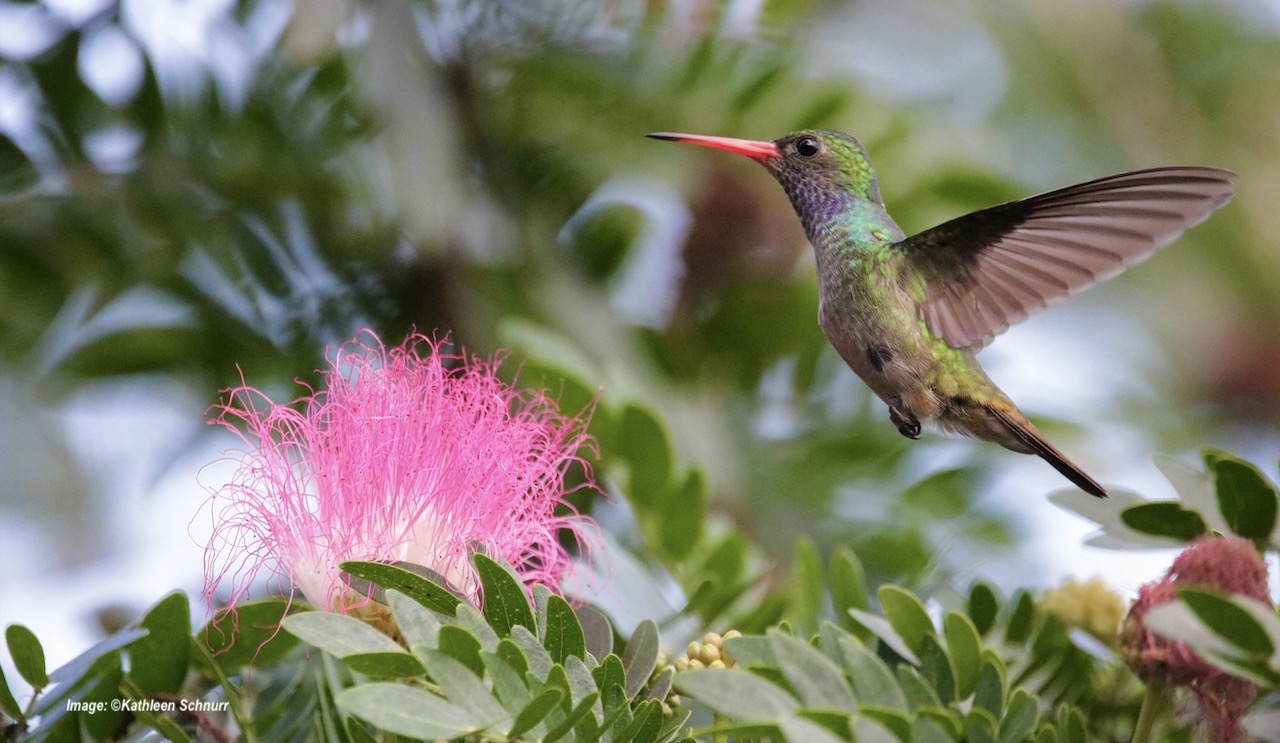
Why Costa Rica?
Well, a good start is 903 bird species packed into a country smaller than West Virginia. Costa Rica accounts for more than 6% of the world’s biodiversity in 5 distinct ecosystems and 12 climate zones protected by people united in preserving its unique ecological heritage.
And, at GBT, we bird-lovers owe Costa Rica an enormous debt of appreciation. It provides vital resting grounds and winter sanctuary for some of our most threatened migrating species, including our beloved bobolinks, the upland sandpiper, and the elusive grasshopper sparrow.
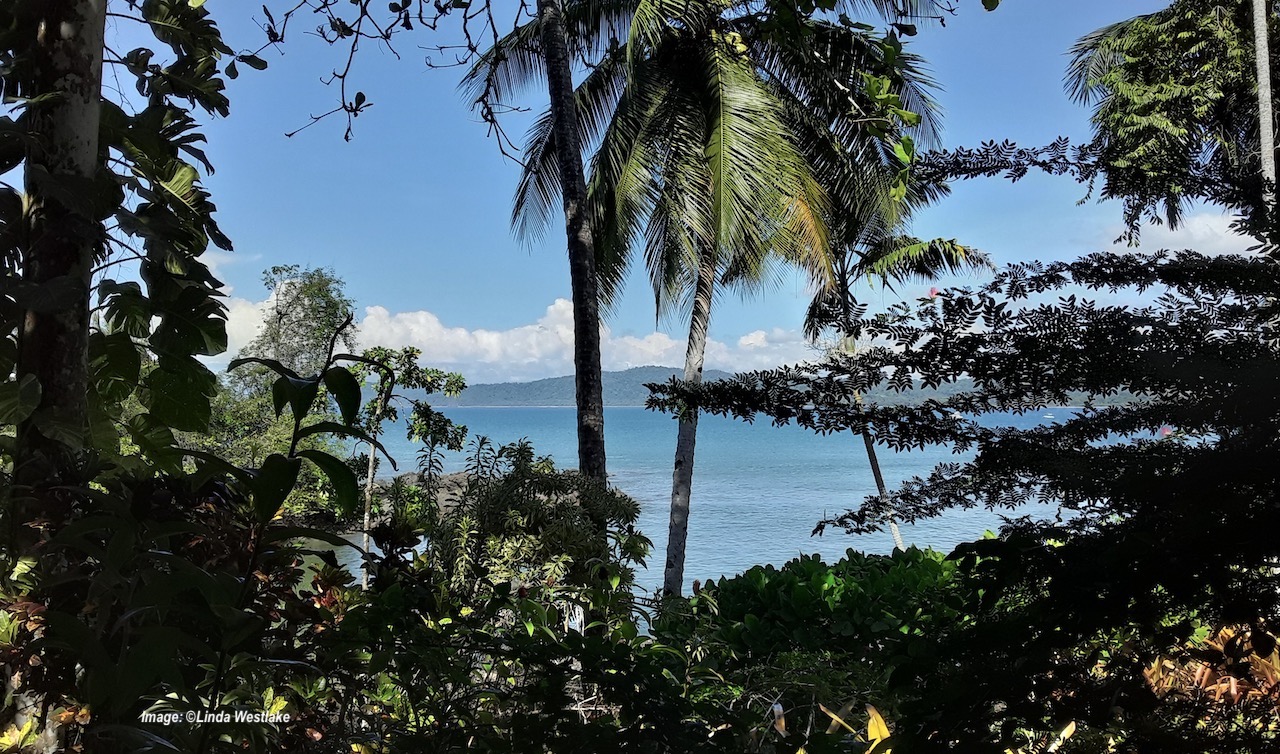
But, even with 11 days and a full-time local professional birding guide, there are choices to be made. The Caribbean or the Pacific coast? The volcanoes? Tropical, cloud, or mangrove forests? Mountains, mid-lands, or lowlands? Each has its own unique ecosystem. It is impossible to explore every region, so our multi-biome birding concentrated on Costa Rica’s wonderful Pacific coast.
Adventure began high in the Monteverde Cloud Forest Reserve in Costa Rica’s central mountains. The Villa Blanca Resort is one of the four nature-based, locally owned Greentique Hotel/resorts; each is certified by the Rainforest Alliance. You know that you are in good hands when “Sustainability” is the goal and “Respect, Value and Protect Nature” is the company philosophy.
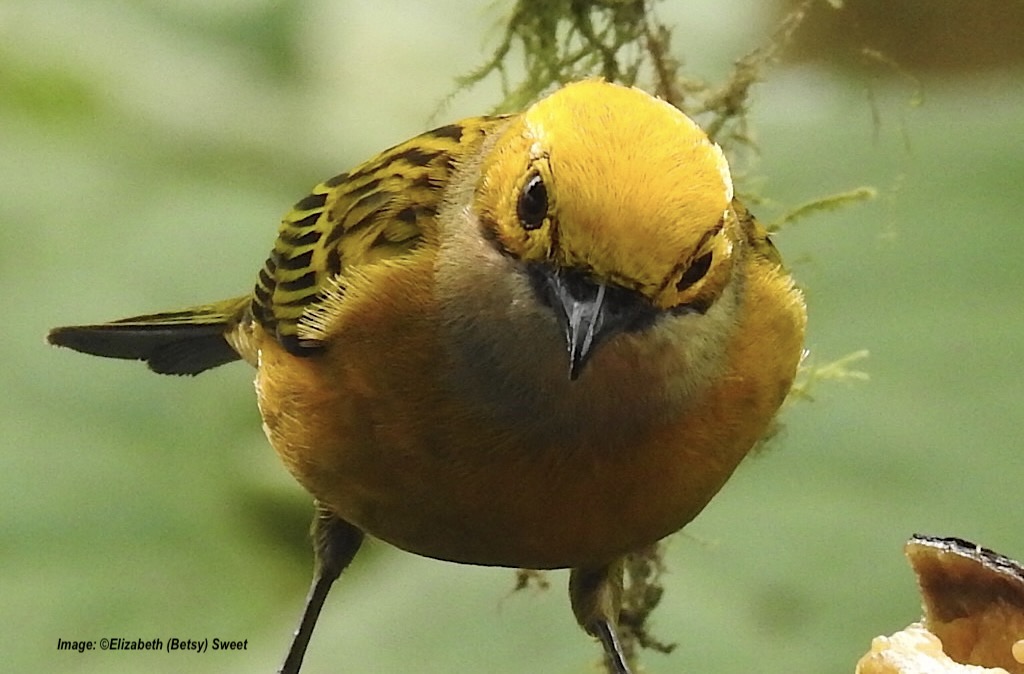
Morning in the cloud forest is a profusion of sights and sounds, but it really comes alive when the sun goes down. The music of a thousand tiny frogs and animals greeted our travelers on their night walk – along with heavy mist and light rain – this is a “cloud” forest, after all! But still, nocturnal plants and flowers perfumed the air and hid tiny creatures under their leaves, only to be revealed by our expert guide.
The following day it was on to The NATUWA Wildlife Reserve, a sanctuary for birds and animals no longer able to survive in the wild due to hunting, poaching, habitat loss, or other human-caused disasters. Along with the up-close viewing opportunity, the Natuwa naturalist educated the group about (threatened) Scarlet Macaws, as well as (vulnerable) three-toed sloths and Costa Rica’s fabulous felines: the (near-threatened and declining) margay and jaguar and the (threatened) ocelot.
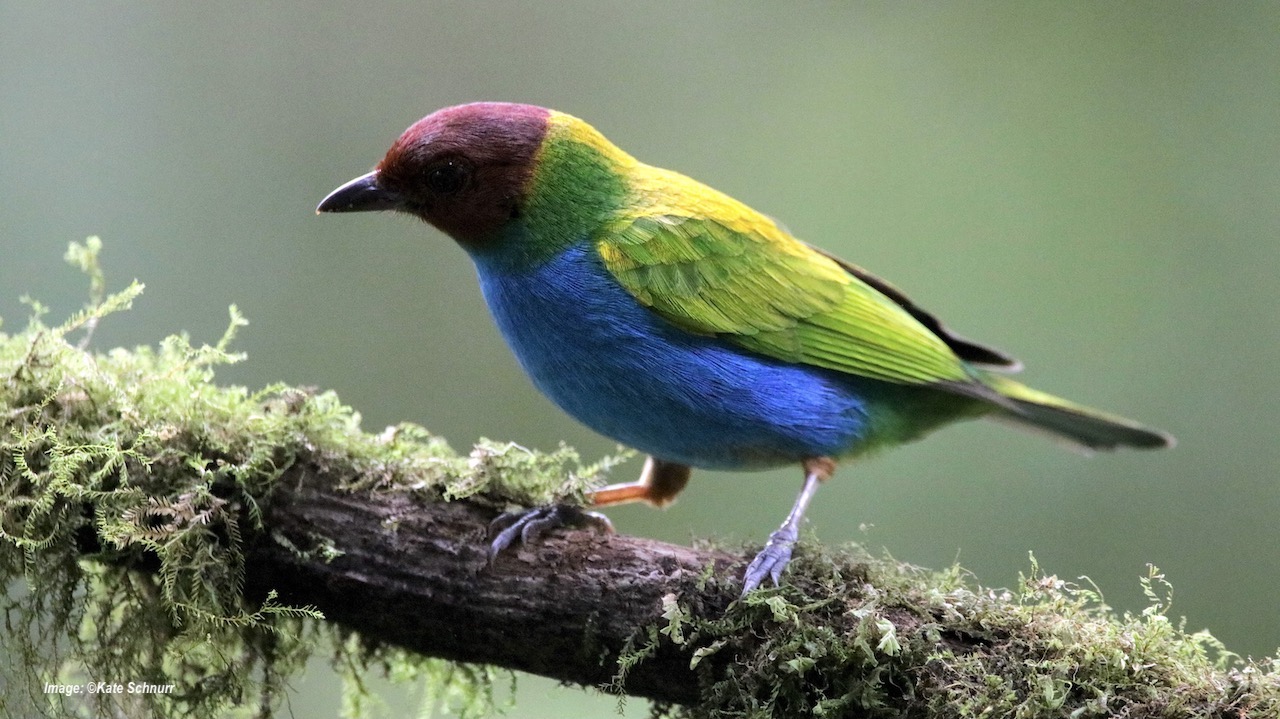
On day four, it was onto the northern volcanoes area and the Parque San Luis’s hot springs for a luxurious soak in its “hyper-thermal magnesia filled waters” that promise “analgesic, anti-inflammatory, and muscle relaxing properties.” All that may be true, but what is certain is that relaxing in the warm waters under the waterfall induced huge smiles on everyone’s faces.
On the fifth day, our group birded along the way south to Greentique’s Santa Juana Lodge in Costa Rica’s Central Pacific region. This is an extraordinary place, intimately integrated into the local culture. The lodge consists of only six casitas, each with a private terrace overlooking the spectacular Talamanca mountain range. A wonderful homemade dinner of local specialties with the folks in nearby Campesino Village and the swim-friendly waterfall were Santa Juana highlights!
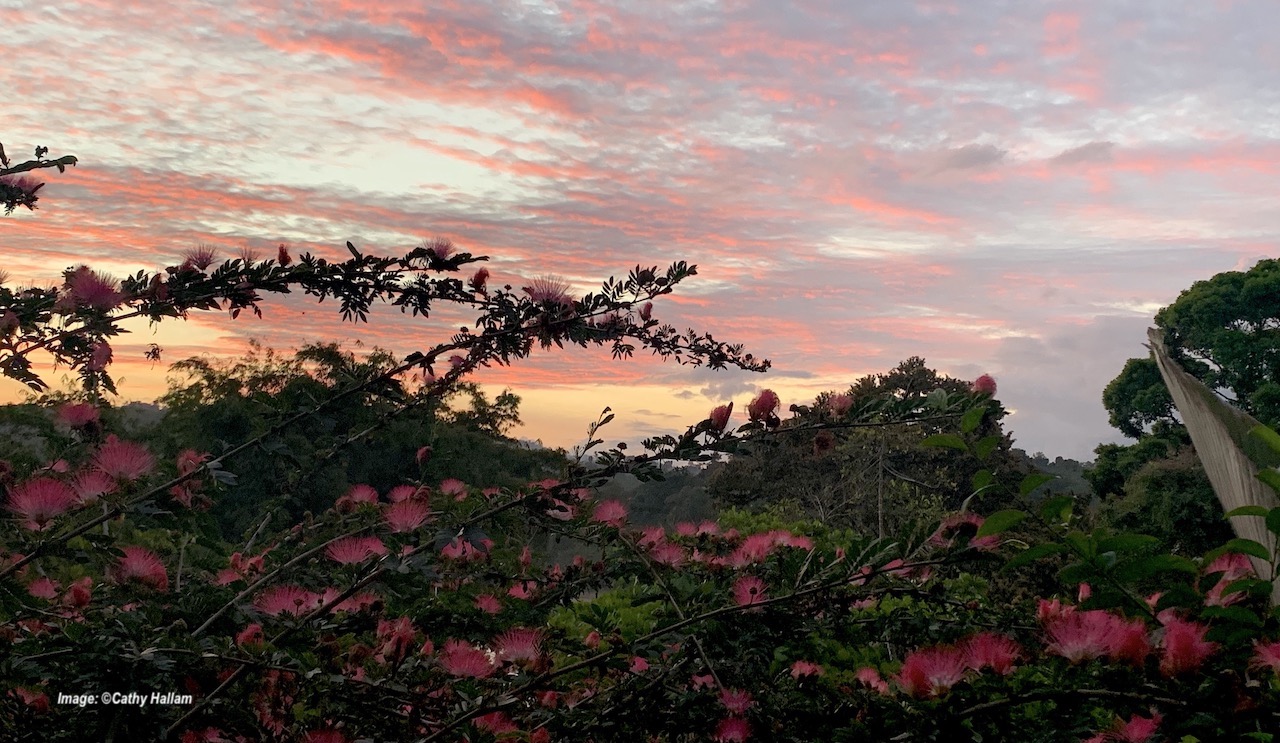
When they returned to the US, I asked everyone about their favorite moments; Sue offered this:
… Santa Juana lodge – among the families, eating their traditional foods and looking down upon the birds from above the canopy. The best birds of the trip and a most amazing waterfall pool to swim in.
Cathy, a new GBT enthusiast from Maryland, agreed: … the Santa Juana location was my favorite. The birding that we could do right from the hotel location was phenomenal. The rooms were spectacular, and I liked that we had time to spend on our own wherein I could relax on my balcony and listen to the gentle rain….”
From Linda: Santa Juana was my favorite place. It was pretty magical. The beauty of looking down on the rainforests and mountains was unbelievable. The bird sightings there were phenomenal. Swimming in their waterfall was my absolute favorite thing. Our guide was great, and the folks there were sweet and helpful.
Santa Juana Lodge is extraordinary.
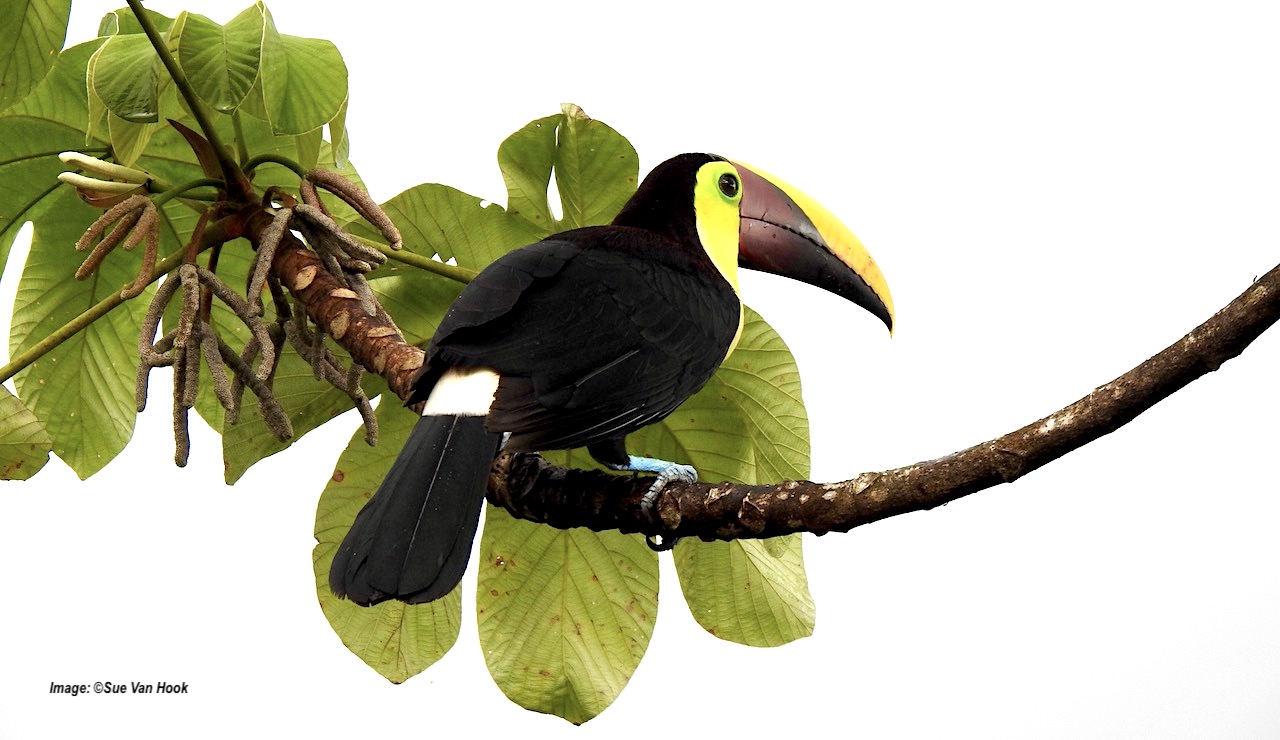
On to Osa!
No trip to Costa Rica is complete without a visit to what National Geographic calls the most biologically intense place on earth. The Osa Peninsula is wild, remote, and highly protected and its very few roads take a poor backseat to nature. The best way to get to Osa? In a river launch, down the Rio Serpe through the Terraba-Sierpe National Wetlands – the largest untouched mangrove forest on Central America’s Pacific Coast. Our intrepid group had no problem with the water landing!
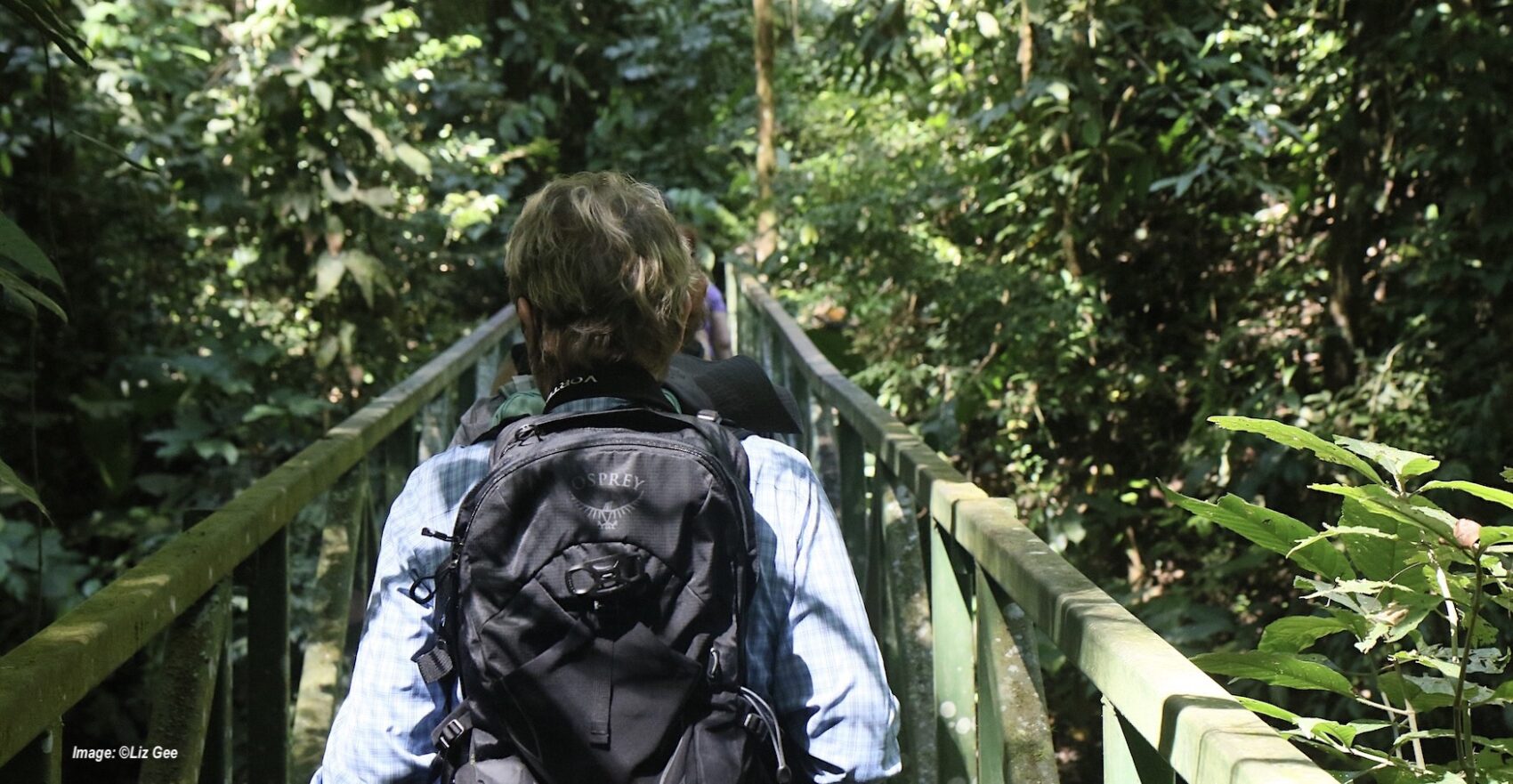
Full disclosure, the lodging at Osa, situated high in the trees, offered incomparable views but many stairs for legs a little weary from nine days of birding! Still, the birding at Corcovado National Park was fabulous.
In all our group saw over 200 bird species, as well as primates and other mammals, butterflies, lizards, and more. But all things must end. On the final day, some of the group went by boat to Cano Island for snorkeling and a beach picnic, while others kayaked or explored on their own.
Traveling in a pandemic (we have come a long way since January!) is its own adventure. During the almost two years that Laurie LaFond (former GBT Director,) Paloma Spina (board vice-president,) and I (owner, Destination: Wildlife) planned for this trip, COVID regulations in the US and Costa Rica kept changing – sometimes multiple times a week! Logistically, It made for interesting behind-the-scenes quick-changes!
But our hardy birders were well cared for between the beautiful folks at Greentique and us. And their pre-reentry COVID tests were all negative. So, our group returned with hearts filled with sunshine, bird calls, and the memory of sweet perfume wafting on soft air.
The 11-Day Costa Rica Birding Trip did indeed Benefit the Grassland Bird Trust helping it be just a bit more able to care for grasslands that impact the health of our birds, our planet – and ultimately on each of us.
It was an unforgettable journey that did good.
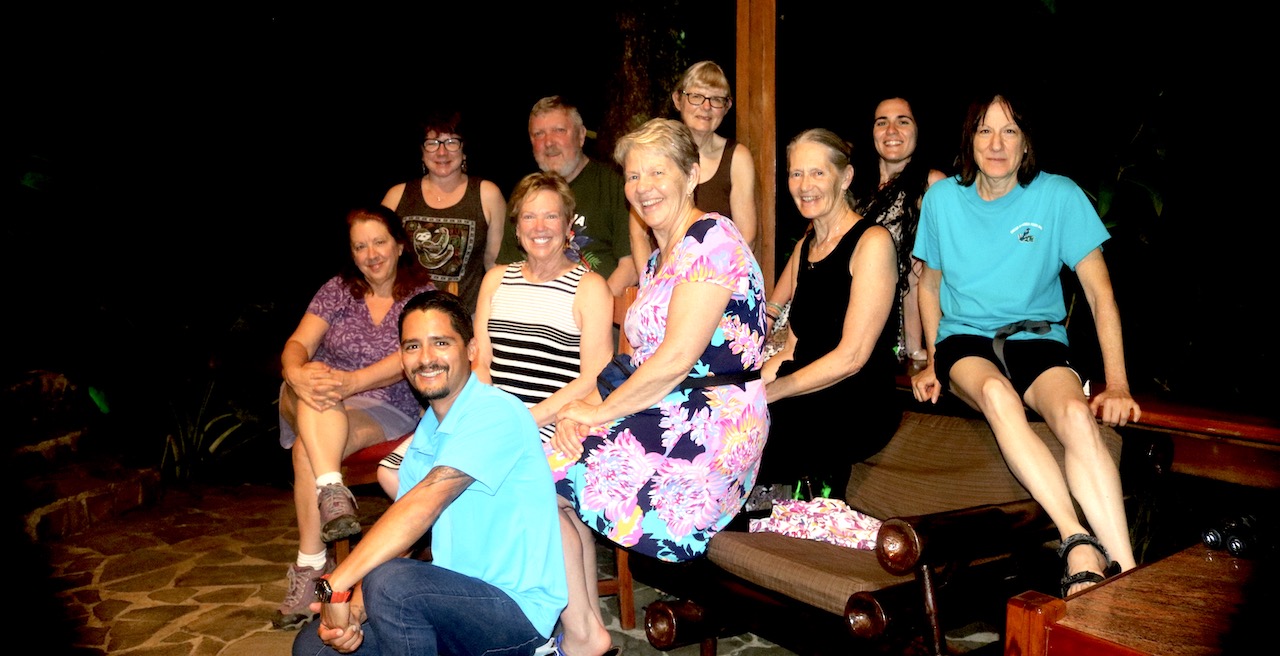
Contributor, Roberta Kravette, is the editor of Destination: Wildlife dedicated to responsible wildlife tourism as a means to educate, inspire, and yes, save the planet. She is an ardent lover of, and frequent writer about, the Grassland Bird Trust and all it is doing to help preserve grasslands, birds and the Earth.
